Any links to online stores should be assumed to be affiliates. The company or PR agency provides all or most review samples. They have no control over my content, and I provide my honest opinion.
I have reviewed quite a few Philips Hue products over the past few months. More recently, Wiz has sent me some samples to try out.
WiZ is a relatively new smart lighting brand that was founded in 2017 and became part of Signify in 2019. This places them under the same company that manufactures Philips Hue products. Wiz, therefore, seems to be the affordable alternative to Philips Hue.
The Philips Hue bulbs traditionally used Zigbee and required the Hue Bridge to work. More recently, they have produced bulbs that also work with Bluetooth.
For Wiz, all these bulbs use WiFi and do not require any hub at all.
Wiz has expanded its product range rapidly over the years and currently has a range of 77 products you can buy.
I was recently sent a sample of three products:
- WiZ Luminaire Mobile Portable Light
- Wiz 18.5W LED (150W equivalent) E27
- Wiz 8W B22
Before I move on to the review, I thought it would be worth comparing some of the popular smart lighting solutions on the market.
I am also away that there are plenty of other options. In particular, you don’t need smart bulbs. Depending on your requirements, the best solution may be smart light switches, which will be cheaper and allow a greater number of smart controlled bulbs.
Product Range
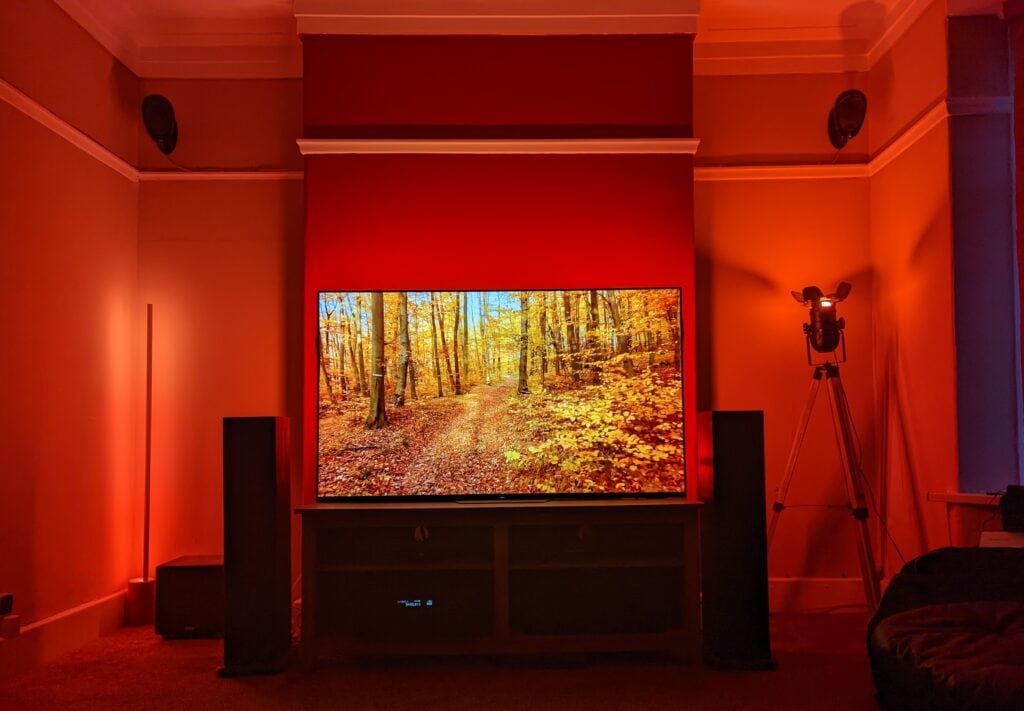
I have not added up all the unique products, and each brand has multi-packs which skew the numbers. However, Philips Hue has the widest range of products by far:
- Philips Hue:
- 467 products
- 74 bulbs
- 15 light strips
- 18 accessories
- Wiz:
- 77 Products
- 37 bulbs
- 3 light strips
- 4 accessories
- TP-Link Tapo
- 9 bulbs
- 5 light strips
- 5 (or so) accessories
The massive Hue product line-up includes a wide range of outdoor lighting and 150 products within the track lighting section.
For whole home installations with a variety of indoor and outdoor lighting, Hue is by far the best.
Wiz has 33 lights under the Luminaires category. These are basically spotlights, ceiling lights and table lamps. There are no outdoor lights.
Tapo only has indoor bulbs and light strips.
Bulb Performance Comparison
All three companies have a lot of options, but I have chosen three bulbs to gauge if there are any significant differences between the bulbs and overall performance.
For comparison, I chose the 800-lumen equivalent bulbs with full colour using the E27 fitting.
- Wiz:
- 2 year guarantee
- Energy Efficiency F
- Nominal luminous flux – 806 lm
- Colour temperature – 2200-6500 K+ full colour
- Weight 65g
- Diameter: 60mm
- Height: 122mm
- Lifetime 25000h
- Max power – 8w
- Philips Hue Warm-to-cool white and colour
- 2 year guarantee
- Energy Efficiency F
- Lumen output at 4000K – 830 lm
- Colour temperature – 2000K-6500K +16 million colors
- Weight 72g
- Diameter: 60mm
- Height: 110mm
- Lifetime 25000h
- Max power – 6.5w
- Max Stand by power – 0.5w
Tapo L530E
- 2 year guarantee
- Energy Efficiency F
- Typical Lumen Output- 806 lm
- Colour temperature – 2200-6500 K+ full colour
- Diameter: 60mm
- Height: 115mm
- Lifetime 15000h
- Max power – 8.7w
The above specs were pulled directly from the manufacturer’s websites, and it is hard to match up the specs like for like.
I struggled to find like-for-like pricing too. Philips have a full-colour E27 light advertised at 800 lumens with an RRP of £50, but you would be mad to pay that much for it. I suspect they are phasing those out for the new 75W 1100 lumen models, which are £43 on Amazon.
Wiz has the 13W (100W eq) A76 bulb with an output of 1521 lumen for £18.
Like-for-like comparisons appear to be irrelevant as Wiz is always the more cost-efficient choice.
For the lower powered bulbs, it appears that Philips Hue is more energy efficient, with the 800lm model using 6.5w maximum power while the Wiz uses 8w. However, that advantage seems to diminish for the higher rated models with the 1600 lm Hue bulb using 13.5 W vs 13W.
TP-Link Tapo has a great range of affordable smart home products. I am particularly keen on the Tapo P110 smart plug, which has energy monitoring. It is something I have used extensively in my various electricity costs posts.
For lighting, the Tapo L530E comfortably undercuts both Wiz and Hue for pricing on Amazon. It is currently just £7.49, and it is typically around £9. However, that’s the only E27 bulb they have, and it only does 800lumens.
Features
Philips Hue may appear overpriced in comparison to the others, but it is the most mature product with an excellent app, the most features, better 3rd party integration and just better overall performance. You are paying a premium price for a premium product.
Philips Hue connects either via Bluetooth or the hub using Zigbee. If you use the hub, it supports 50 bulbs, and from my experience, there is rarely any issue with the signal.
Both Wiz and Tapo connect via WiFi. In theory, there is no limit on how many you can add, but 200 is the maximum you’d likely expect and only if your router supports that many devices on WiFi. In reality, I would not want 50, let alone 200 WiFi-connected bulbs on my network.
All three brands work with Alexa, Google and HomeKit. They all work with Home Assistant too.
Wiz has a decent range of smart home integrations under its settings. As well as the above, you have options such as IFTTT, SmartThings, Homey and more. Tapo is limited to just IFTTT.
All three brands have motion sensors. I have not tried the TP-Link or Wiz sensors, but the Philips Hue sensor is the most reliable sensor I have used, with a superb battery life. The Hue app has sensible settings that have day and night options as default and will adjust lighting based on current luminescence during the daytime.
Philips Hue also has the added benefit of Hue sync, which allows you to synchronise your lights with music, movies and games.
Overall
My conclusion is likely obvious to most potential buyers.
Philips Hue is by far the best smart lighting solution. They have a vast range of products, the Zigbee/Smart Hub method of connectivity is superior to WiFi, and they have a much more mature ecosystem, especially the app experience and integration with other systems.
The downside to that is the price of Philips Hue products.
WiZ seems to be the best option if you want to invest in quite a lot of lights but without the expense. They have a wide selection of products that should allow you to create a whole home smart lighting solution without breaking the bank.
Tapo has quite a limited product range, but they have one of the best smart plugs on the market, and they are incredibly affordable. If you only need a few smart lights, then they are easy to recommend, and it makes sense to stick with them if you already use any Tapo products.
I am James, a UK-based tech enthusiast and the Editor and Owner of Mighty Gadget, which I’ve proudly run since 2007. Passionate about all things technology, my expertise spans from computers and networking to mobile, wearables, and smart home devices.
As a fitness fanatic who loves running and cycling, I also have a keen interest in fitness-related technology, and I take every opportunity to cover this niche on my blog. My diverse interests allow me to bring a unique perspective to tech blogging, merging lifestyle, fitness, and the latest tech trends.
In my academic pursuits, I earned a BSc in Information Systems Design from UCLAN, before advancing my learning with a Master’s Degree in Computing. This advanced study also included Cisco CCNA accreditation, further demonstrating my commitment to understanding and staying ahead of the technology curve.
I’m proud to share that Vuelio has consistently ranked Mighty Gadget as one of the top technology blogs in the UK. With my dedication to technology and drive to share my insights, I aim to continue providing my readers with engaging and informative content.

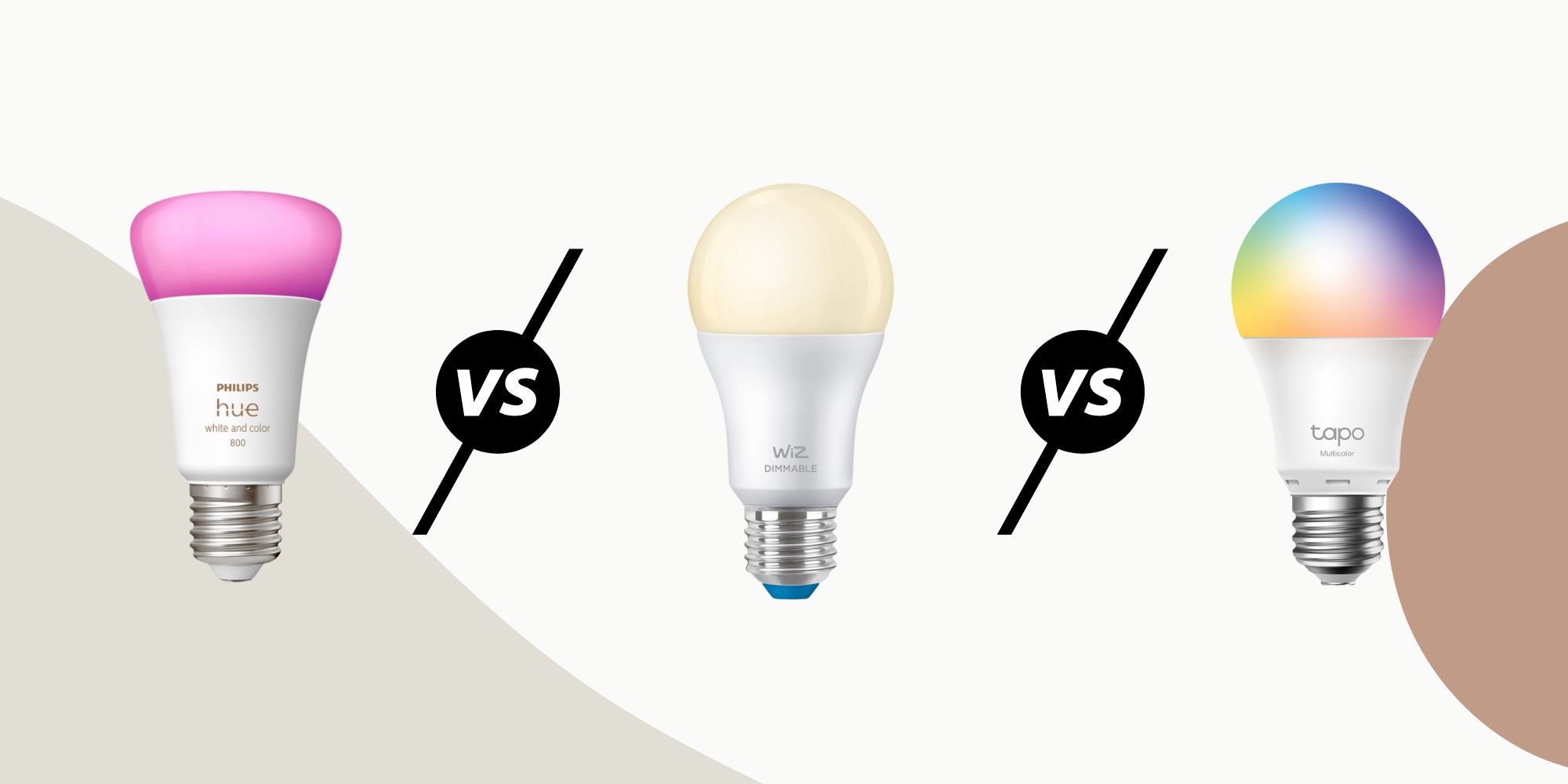
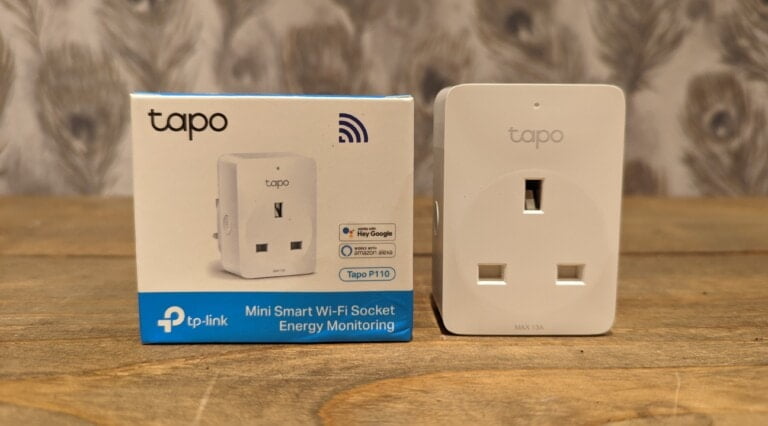
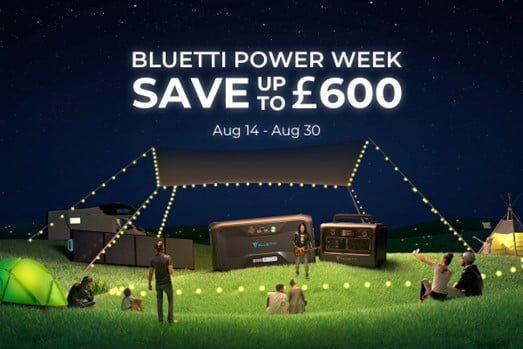
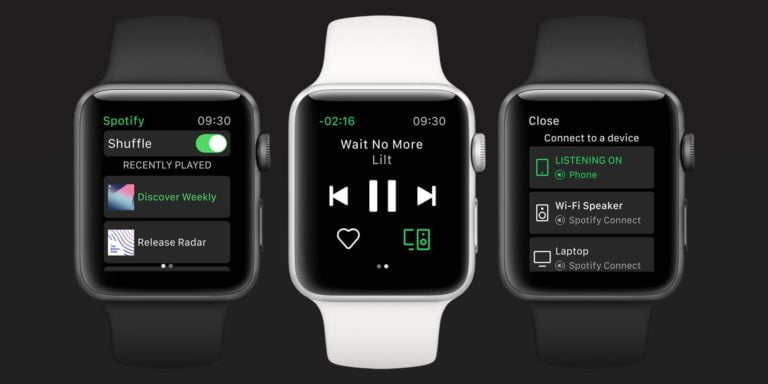

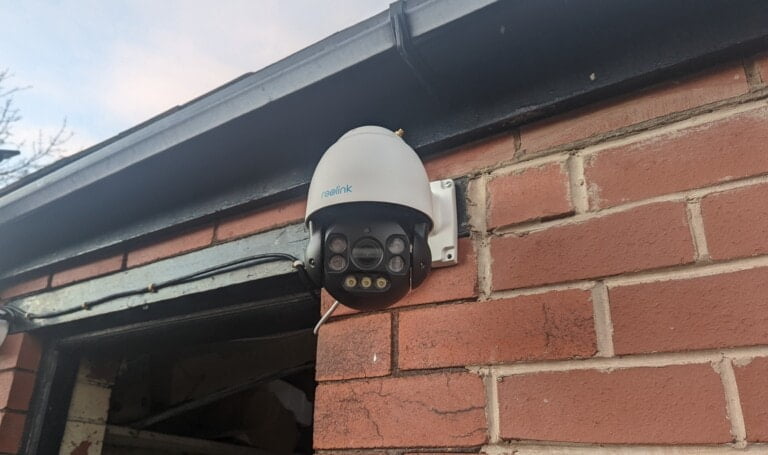
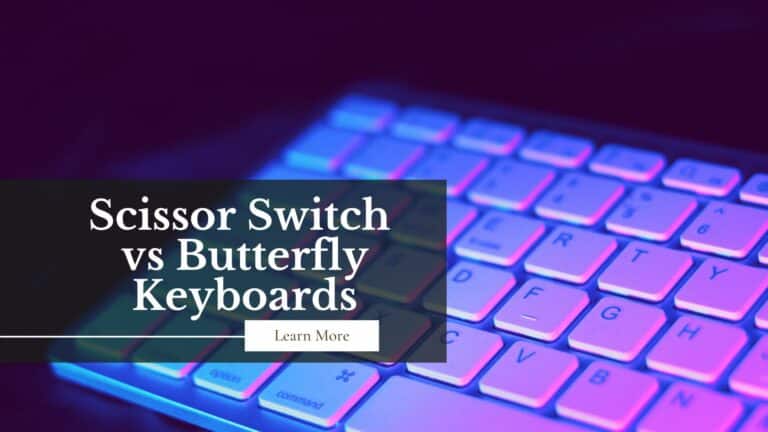
What about upcoming thread/matter products?
It should be a supirrior network to zigbee and of course WiFi. Plus no hub needed.
As far as I’ve seen only nanoleaf has come with a thread product but im sure more will follow, maybe it’s better to wait for the next wave of thread products.
Yep, you are right. I have the Nanoleaf news launching later today.
I was mainly comparing products that I have had hands-on time with and that are easy to get on Amazon.
But yeah, I guess factoring into that, if you were looking at investing in a smart light brand at the moment, it is probably worth waiting a few months for more thread products.